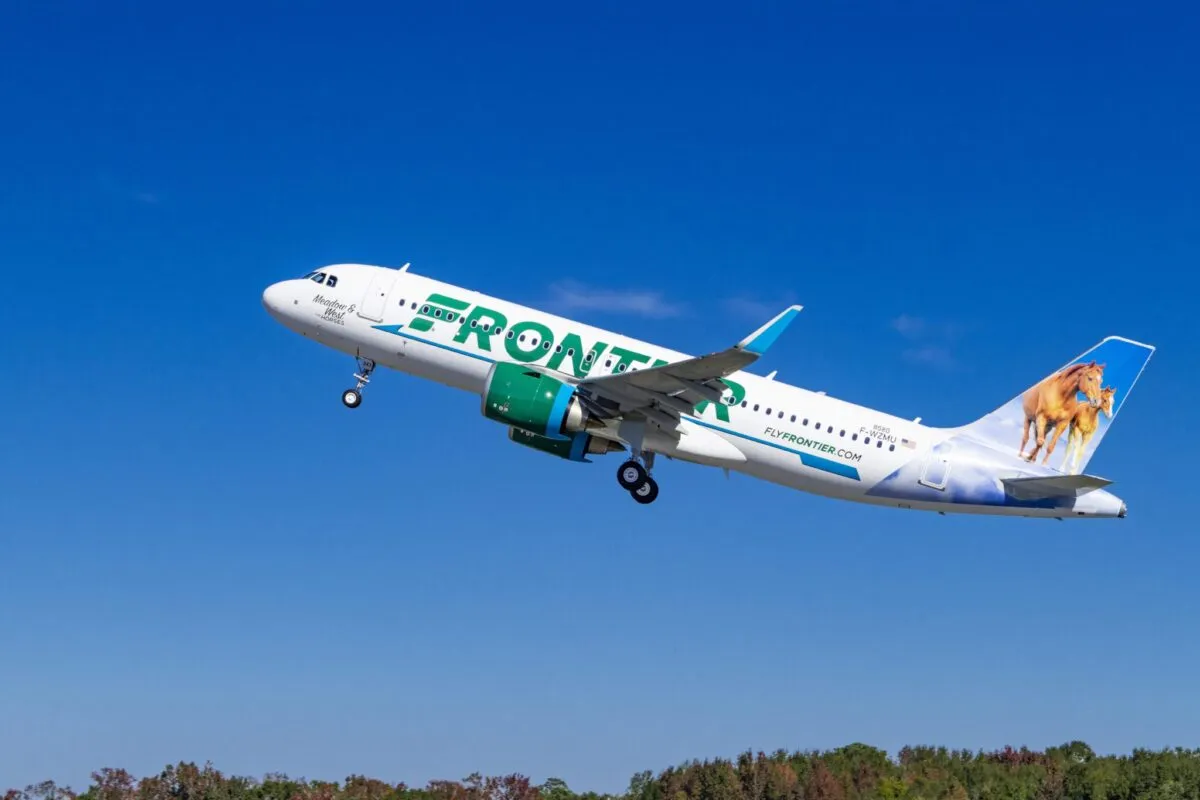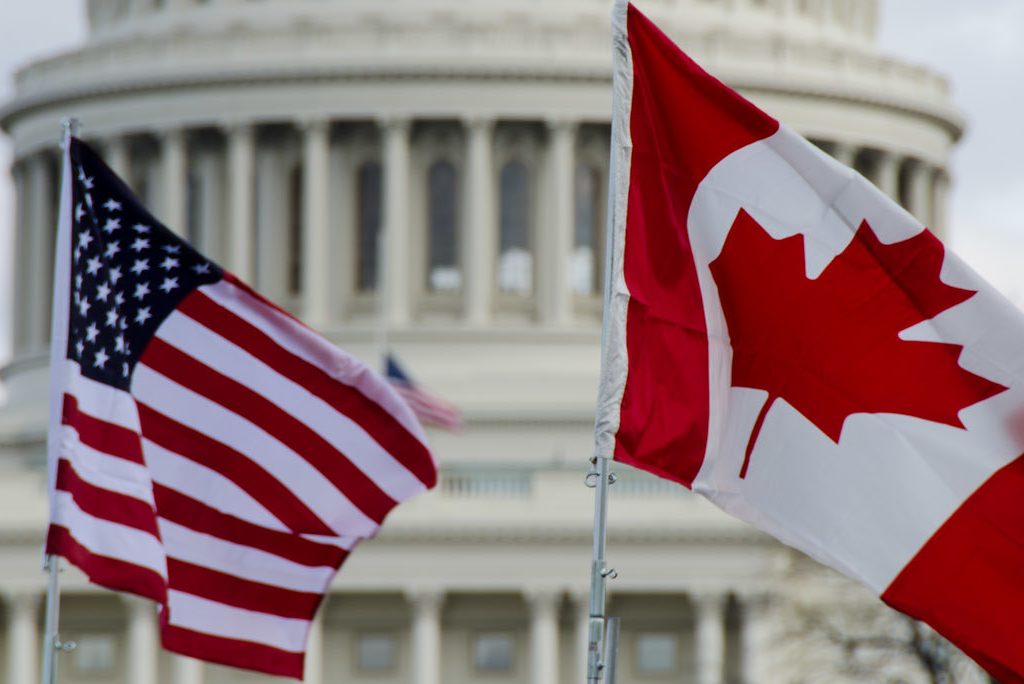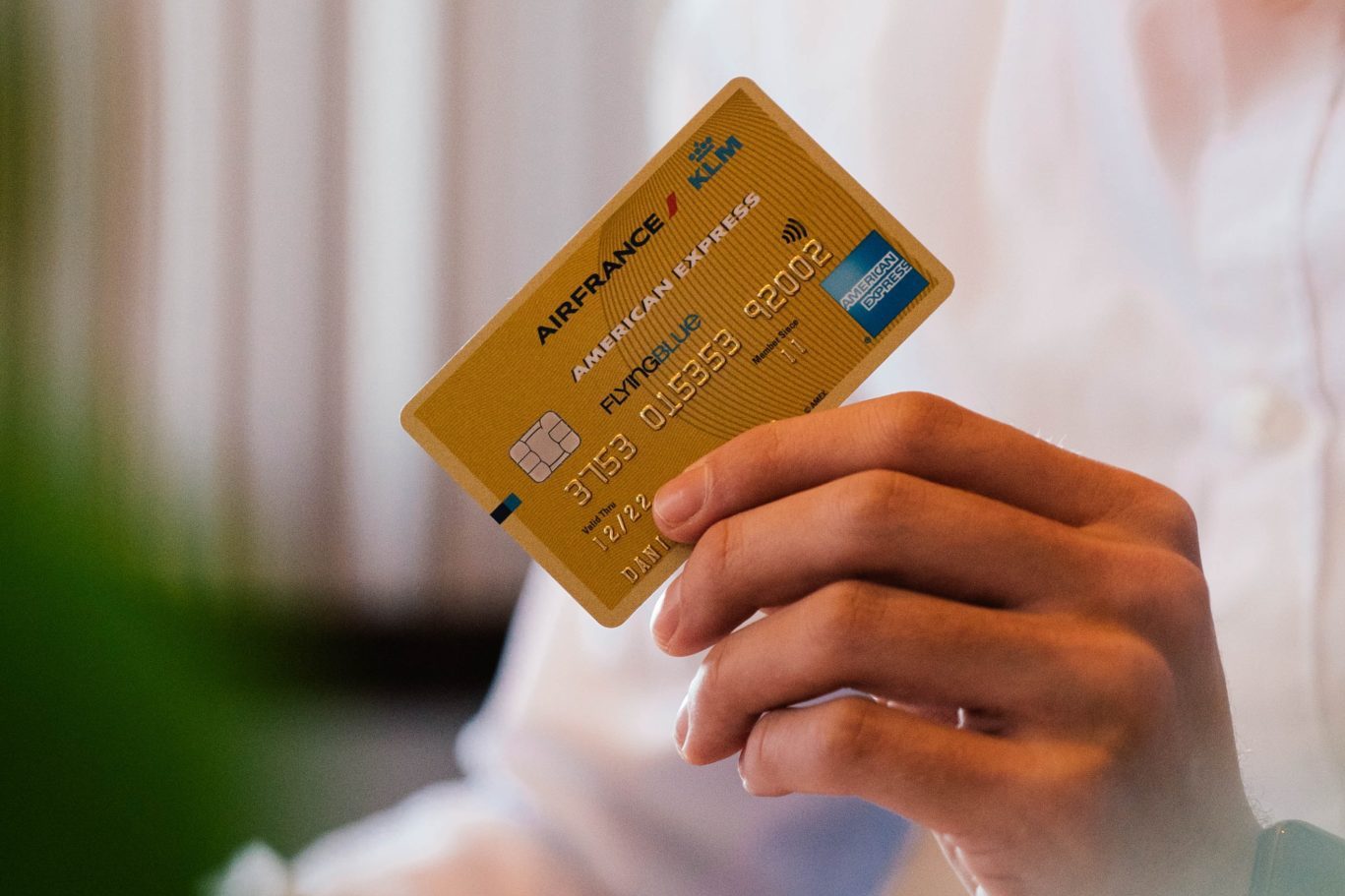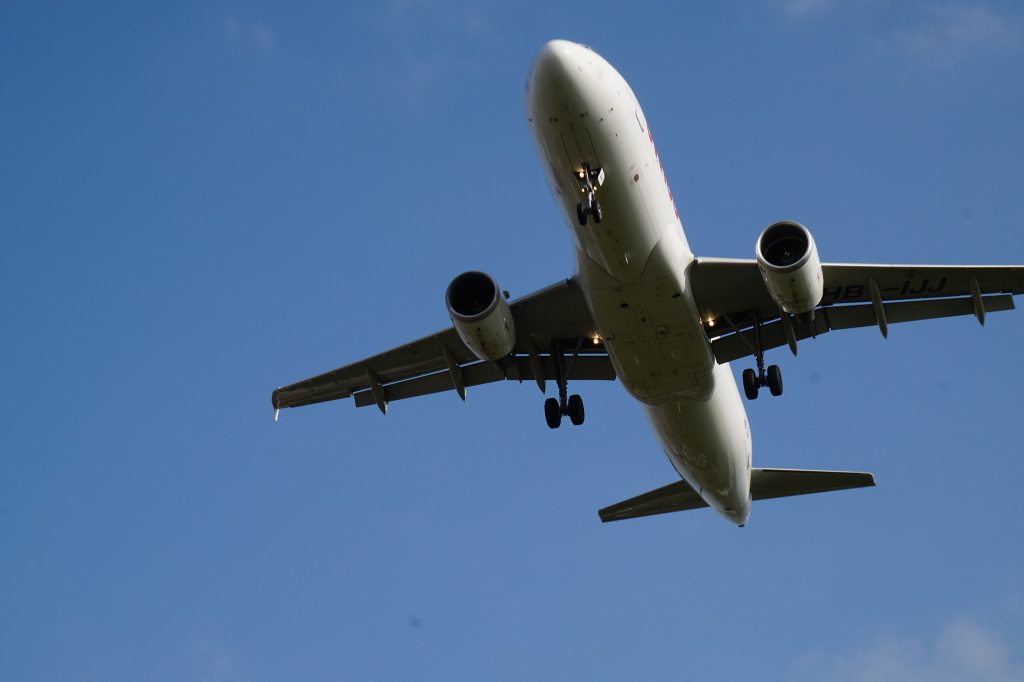Resorts Are the Real Winners in 'The Bachelor's' Made-for-TV Endings
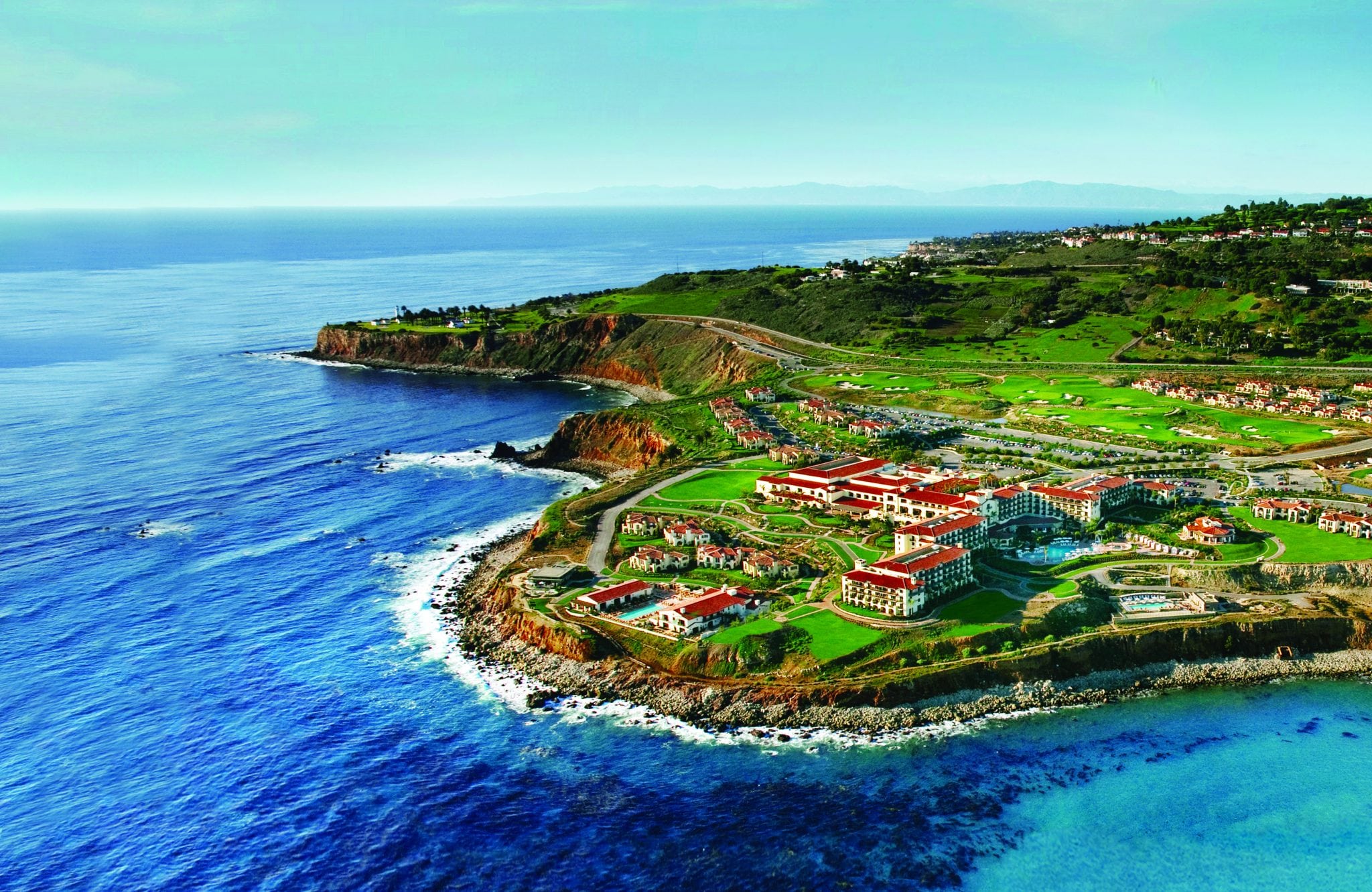
Skift Take
-
"The filming happened not long after the 2009 economic downturn and year after the show aired, the resort saw a 55% increase in occupancy," a spokesperson from the Hilton Bora Bora Nui tells Skift.
"Tahiti Tourism has visitors numbers that pretty much stay the same year to year and they reported that visitorship increased about 37% after the episode aired."
-
Vomo Island Resort, where Ashley chose JP in the season seven Bachelorette finale, does not have specific figures on how many inquiries and reservations came in from the show. However, the resort's director of sales and marketing Janet Chan says, "it has definitely increased Vomo's profile and exposure on various media and social media."
The couple shared photos on social media when they returned to the resort for their honeymoon in 2013.
-
The season 13 finale taped at Eagles Nest-Bay of Islands in New Zealand was positive for bookings and raising awareness in one of the resort's core market, North America, reports Callum Farnell, General manager of the luxury retreat.
"We still have guests and agents mentioning the fact that it was filmed here," says Farnell.
-
It took 12 seasons before The Bachelor resulted in an official union. When it did, Jason Mesnick and Molley Malaney tied the knot at the Terranea Resort in Racho Palos Verdes, California.
The resort doesn't have exact numbers to back up a boost, but a spokesperson says the wedding did generate increased awareness and provide significant exposure to showcase the resort and venue.
-
The season 16 finale brought Ben Flajnik and Courtney Robertson to Zermatt, Switzerland. The episode aired in March 2012 and, according to tourism officials, had a hand in the town's 15% increase in North American overnight visitors in 2013.
The Grand Hotel Zermatthof also reported that it almost doubled its number of North American guests from 2011 to 2012 -- the most significant impact that the Bachelor's had on a single hotel.
-
Within two weeks of starring in season 15's final rose ceremony, more than 200 people booked trips to stay at the Lion Sands Private Game Reserve, Tinga co-owner Rober More told Travel + Leisure.
The immediate spike was in part due to a Bachelor-themed package offered on the South Africa tourism website.
The Bachelor has, for 12 years, succeeded in getting wives and girlfriends to look at their partners with disapproving eyes as they compare their romantic moments to the million-dollar affairs aired at the end of each tear-soaked drama-filled season.
But we've found that at least some of those viewers succeed in recreating the manufactured magic they watch on prime time. Resorts featured in each season's finale report jumps in occupancy and visitor inquiries after the show's airing.
Each of 18 Bachelor and 10 Bachelorette seasons end, or are at least supposed to end, with a proposal at one of the most luxurious resorts in the world. The highly anticipated and viewed episodes then serve as an extended commercial for the resorts chosen to host the event.
Hilton Bora Bora Nui reported a 55 percent increase in occupancy the year after Ali Fedotowsky choose Roberto Martinez in season 6 of The Bachelorette.
South African Tourism said that its website was the busiest it had ever been after starring in the 11th season Bachelor finale.
And the Grand Hotel Zermathoff recorded twice the number of North American guests in the year following season 16's proposal between Ben Flajnik and Courtney Robertson.
Million-Viewer Ads
The last episode is always the most watched of the season giving resorts and destinations the opportunity to make their case for a romantic getaway in front of millions of love-struck viewers.
The latest finale, which aired March 10 and featured bachelor Juan Pablo, brought in 10.1 million viewers. The season 13 finale with Sean Lowe, a considerably more well-liked star, brought in 10.4 million viewers.
If resorts starring in the season finale have only one thing to lament, it's that the "After the Final Rose" episode is taped on a studio set instead of a beach resort. These specials drew 10.97 million and 10.8 million viewers during the last two seasons.
Reaching the Right Viewer
An appearance on the show reaps such significant returns because it reaches an influential demographic that's slipping through the fingers of brands that rely solely on traditional marketing.
Half of the show's viewers are females between the ages of 18 and 44 years old, according to Bob Frohoff, vice president of media planning research at travel marketing firm MMGY.
"The real genius of this is that it's hard to reach that audience with traditional marketing. If you can get the marketing message fully integrated into the programming, that's the home run," explains Frohoff.
The audience also skews higher than the average household income.
“It really plays right into that sweet spot of upscale women,” said John Saade, the executive vice president for alternative programs at ABC told New York Times before the 2013 finale.
Picking the Perfect Spot
The Bachelor producers are well aware of the impact their decision has on hopeful destinations and resorts. They choose the spot based on three main items: stunning visuals, romantic settings and top-notch accommodations.
"Choosing the romantic finale location for The Bachelor and The Bachelorette is always an exciting prospect," says Peter Scalettar, the show's co-executive producer who estimates the media value of a finale appearance between $20 million and $100 million.
"We like to work closely with tourism partners, as well as specific hotel or airline partners, as our finale episodes are a great way to truly showcase all that the destinations have to offer."
Click through the slideshow above to read more about the impact the Bachelor and Bachelorette have had on resorts and destinations.







